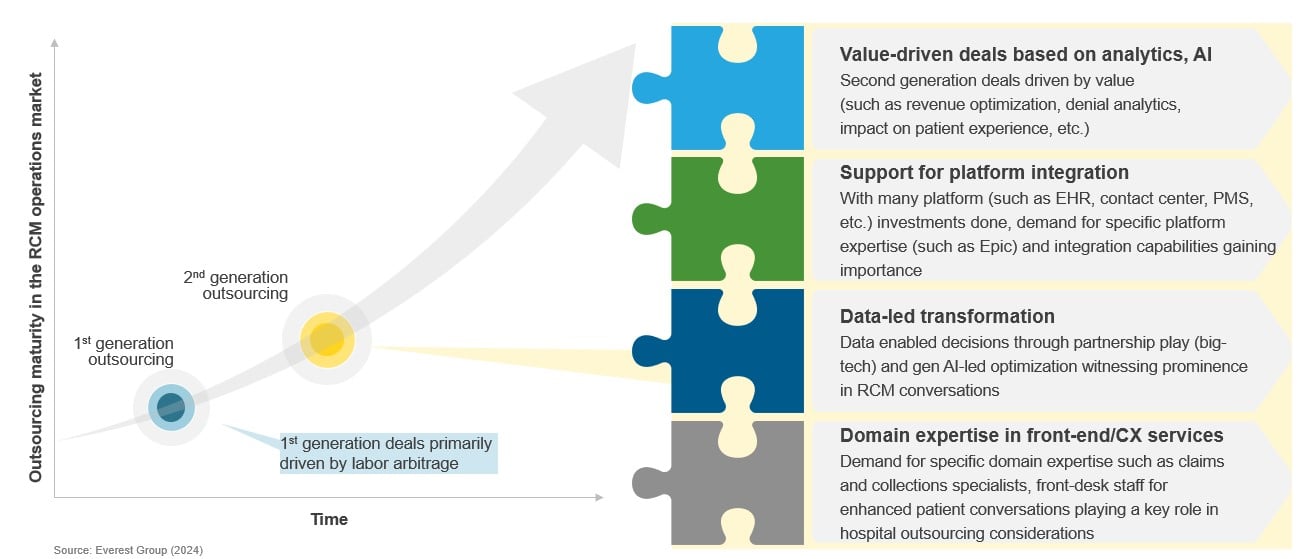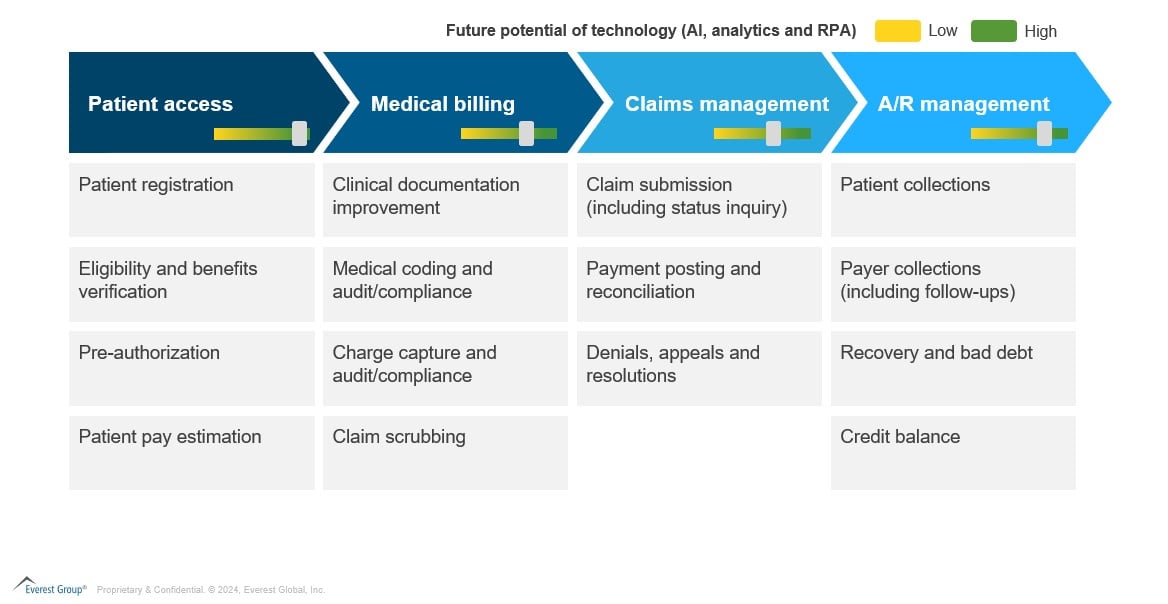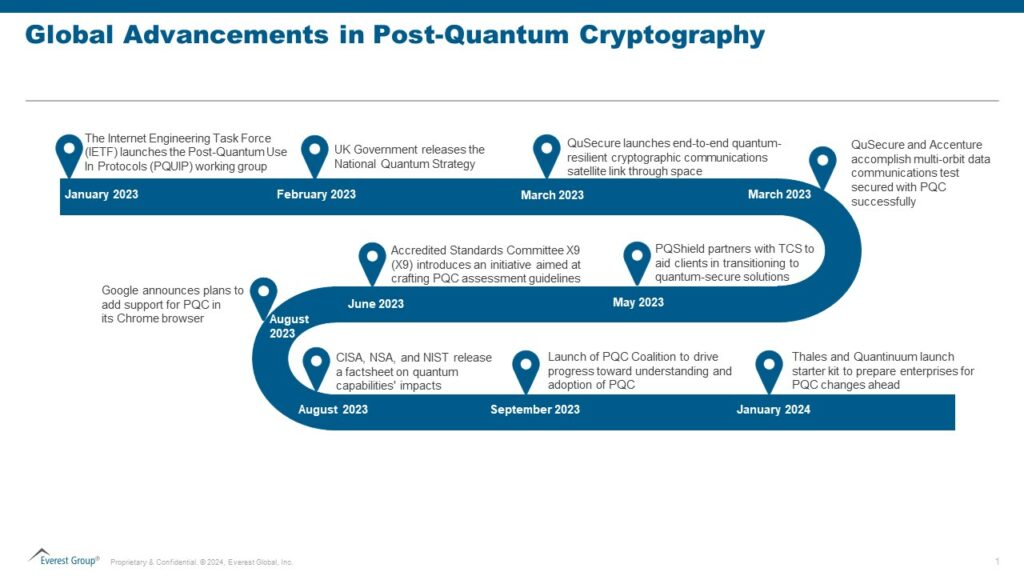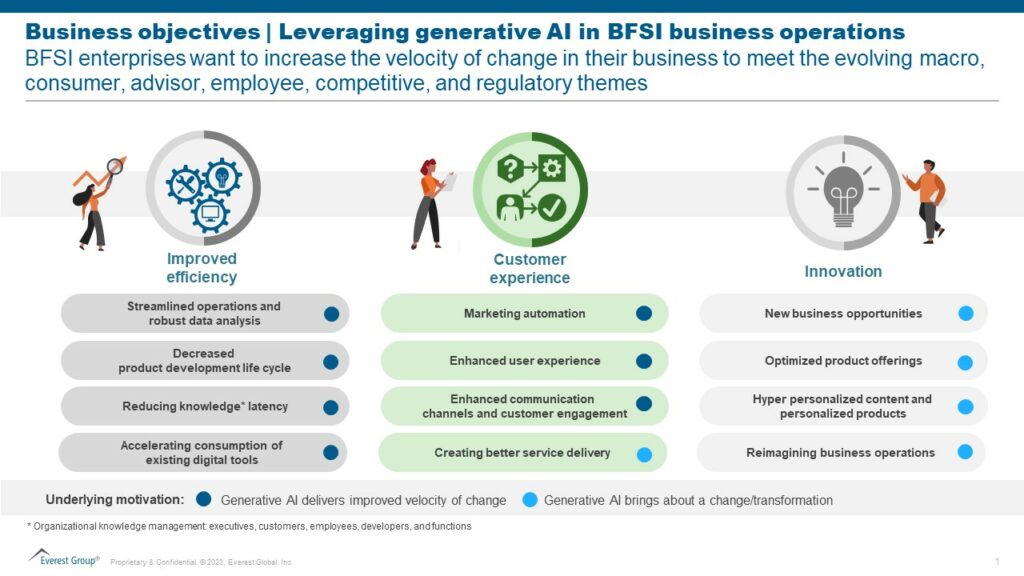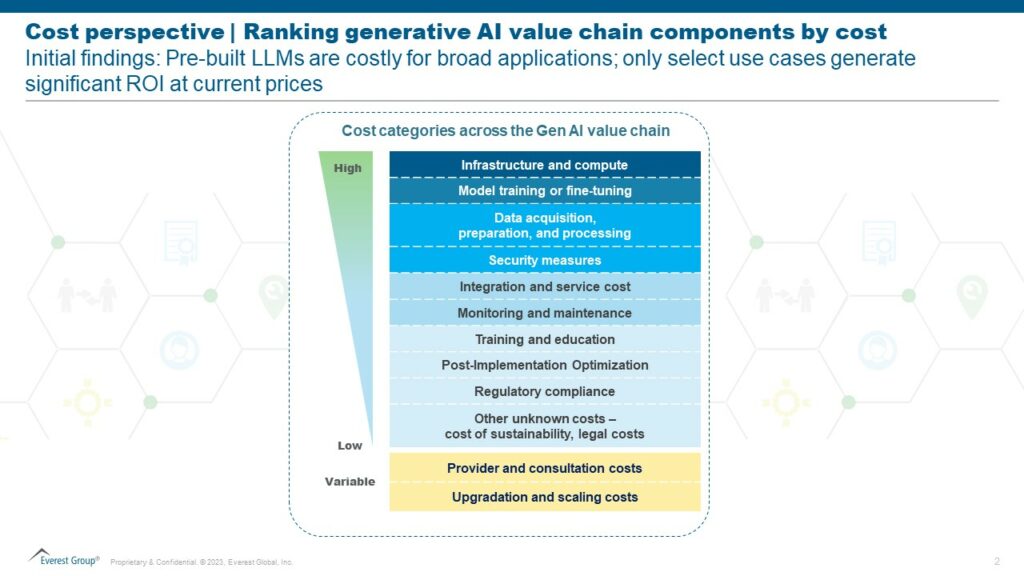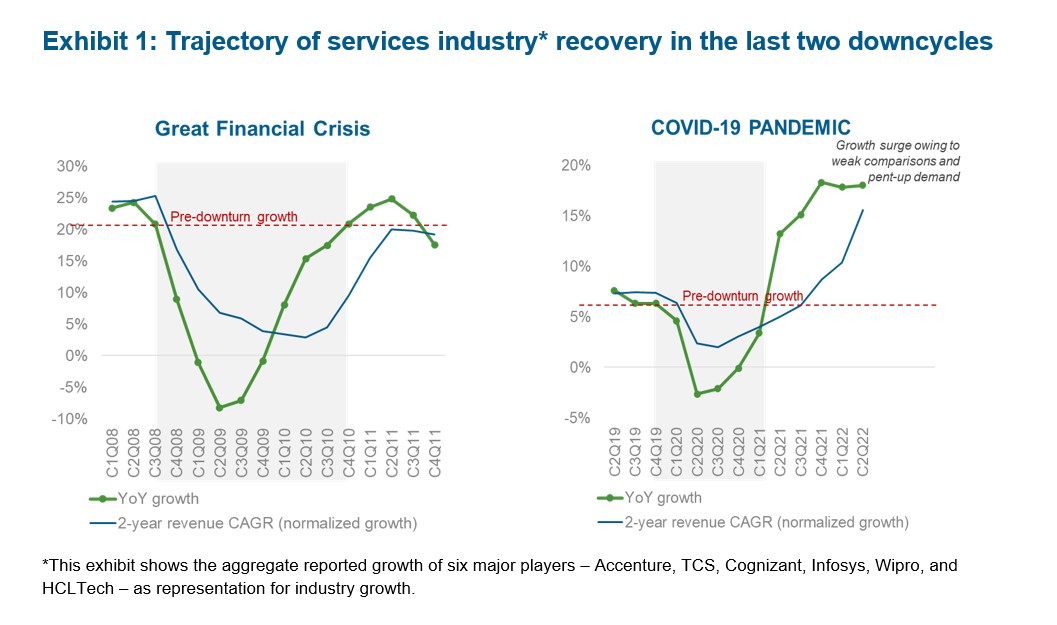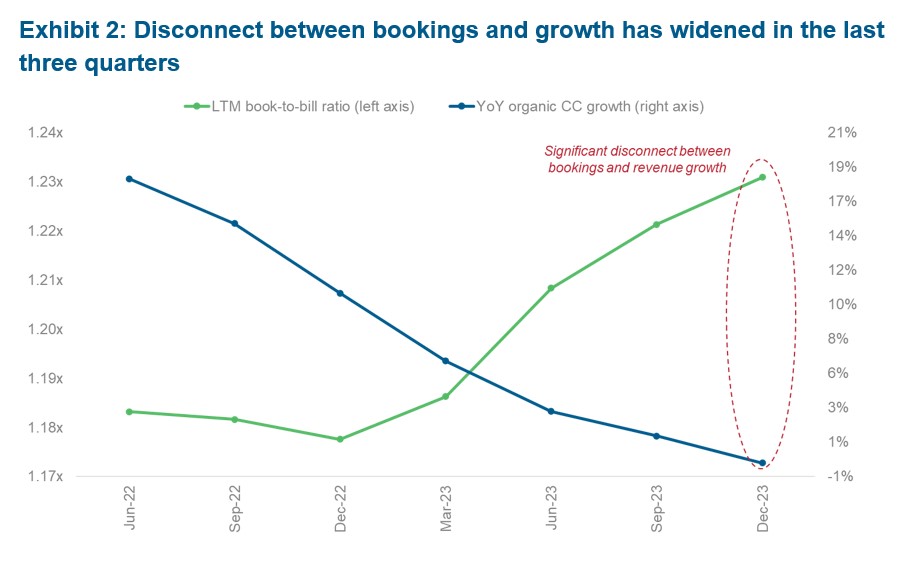“And another one gone, and another one gone;” the lyrics of Queen’s song have never seemed so apt when it comes to the current state of play in global business services.
The rumor mill is abuzz—while de novo GBS organizations are always being formed, some are rebooted, and other models seem to be taken apart with increasing frequency. At least a few times a month, someone confesses that the operation they painstakingly built or nurtured is being dissolved with operations repatriated to each of the functions they serve with the delivery network evolving into a corporate landlord.
It’s a pity; the industry knows how hard it is to sell and set up a model that singularly has the power to transform the way the enterprise works. But we tend to forget that GBS models are by their nature not hard-wired into the organization, and that just because we industry insiders understand and deeply believe in the benefits of business services as a transformative operating platform, the enterprise does not necessarily “get it,” or have the fortitude to stay the course or see the imperative for agility in the face of rapidly changing business conditions.
Is the phenomenon cyclical? Lately, we’ve seen more and more GBS organizations fade off into the distance even a year or so after they were launched to great fanfare. Other GBSs have been on life support for years, struggling to get scope, scale, and move beyond cost, then are dissected in a corporate restructuring or a change in focus. Some have spectacular demises, almost “now you see it, now you don’t,” due to a change in leadership, strategy, or ownership. But let’s be crystal clear: the work that GBS organizations deliver isn’t necessarily going away or even automated out of existence; it’s just being delivered in another way.
It seems to me that there are at least two conditions that usually create GBS sustainability—tight integration/institutionalization within the enterprise and consistent, measurable, and certifiable value creation. Conversely, there are markers that suggest that a GBS model won’t thrive in a given organization.
So I ran through my mental compendium of GBS organizations that have bitten the dust to come up with some patterns. Some of these present as just plain bad luck for GBS models and outside the control of the team; others are missteps by GBS leadership.
In some combination, there are 20 reasons GBS organizations bite the dust. Here’s what I am detecting..
It’s just plain bad luck…
We don’t like to say that GBS is a servant model, but its fortunes are in great part driven by the business contexts in which it operates, some of which are cyclical. One or more of these conditions can send a GBS organization into (hopefully temporary) oblivion.
- Politics We know the GBS model is invasive and destructive; GBS challenges the way the enterprise has always worked. GBS usually runs counter to the traditional corporate power structure. GBS implementation means new empires are formed. GBS implementation causes some leaders to think they have lost a political battle. And then they look for any excuse to pull the rug from under—too much noise, inflexibility, not sufficiently close to the customer—you name it.
- Reorganization When the CEO wants to change their reporting lines or “streamline” the organization, GBS organizations can be pulled apart or caught in the crosshairs. And reorgs may also mean the CEO is playing a game of musical chairs, shuffling their leadership. A loyal corporate leader can be put over GBS, upending the current model.
- Mergers, acquisitions, and divestitures All GBS bets are off when it comes to the implications of inorganic growth or corporate spin-offs. At acquisition, GBS may be the winner and an agent of critical integration. Conversely, in a divestiture, loss of scope and scale can render the GBS value proposition less-than-attractive. Mergers can create a “my GBS is better than yours” battle.
- (Too) Great expectations Overambitious, cookie-cutter business cases can trip up a GBS operation. When management, sometimes supported by a cursory consulting exercise, postulates that GBS value will be in the double digits for years on end, the enterprise remembers the headlines.
- What have you done for me lately? At inception, GBS operates in target-rich environments. It can be (relatively) easy to take out double digits in the first few years. But when value creation is primarily tied to cost or cost avoidance, it becomes harder and harder to deliver over time as the low-hanging fruit is picked and the model moves on from efficiency and effectiveness. When the CXO can only bank savings or cost avoidance at the margin, the expense of running an integrated business services model comes under scrutiny.
- Power structure GBS models are top-down creatures of the enterprise; it’s relatively easier to sustain a GBS model in a center-led power structure. But in one where the power is devolved to strong business, functional or regional fiefdoms, it can be a bit more complicated. Without central endorsement, the fiefs can gain up on a GBS organization as a proxy for “get the enterprise out of my business.”
- Bad timing at the start Timing is everything for the establishment of GBS organizations. When corporate fortunes are in a downdraft, it can be hard for the enterprise to play GBS’s long-term value game. What is seen as an expensive capability layer with no short-term return can quickly go on the chopping block.
- Leadership changes Unfortunately, GBS models are highly susceptible to who sits at the top of the house. Some CXOs believe in the value of the model, while others can’t be bothered to worry about the best way to deliver business services value. When the leadership baton is passed, the ongoing role of GBS can be anyone’s guess.
- Too much noise If constantly justifying GBS becomes too distracting for the corporate sponsor, they may give in and let the functions pull it apart to restore corporate harmony.
- Culture Sometimes, the mandate for a GBS model goes against the cultural grain. GBS models worth their salt represent constant change that may be too rapid or too all-encompassing for an enterprise that is set in its ways. Or, if the enterprise prizes personal relationships over process and technology, stakeholders may push back on GBS’s core value proposition.
Or GBS’s demise results from an implicit death wish
Not all factors that lead to the dissolution of GBS are beyond leaders’ control; GBS leaders’ actions or attitudes can contribute to the model’s dissolution. In other words, you can’t just blame plain bad luck.
How do GBS organizations seal their death warrants? It’s usually not just one thing that tips sentiment away from the model, but a heady combination of more than a few.
- Retiring or resigning leaders who are the GBS brand Changes in GBS leadership often give the enterprise an excuse to shut down the operation. Is your leader seen as the enterprise embodiment of GBS? Does the enterprise even know that there is a competent team behind them? Does their departure present an opening for the vultures to circle and pick apart the operation? At times, GBS leaders hog the limelight, and forget that the model’s sustainability is in part down to the enterprise realizing that capabilities run deep into the team, and that the model can thrive without them.
- Again, too much constant noise Din from delivery is a fact of GBS life, but when its leadership takes a “this too shall pass” attitude to the quality-of-service experience, or does not invest in stakeholder engagement, it discredits the model in the eyes of the stakeholder.
- Inability to sense what the enterprise wants or how it changes Tone-deaf GBS organizations do not have long shelf lives. Our most sustainable GBS organizations have an innate ability to understand of how fast/how much change they can push without tissue rejection. Those that do not constantly keep tabs on what stakeholders need and the best, least disruptive way to move them are often destined to self-destruct.
- Can’t build a compelling case for consolidation The enterprise ‘gets’ functional shared services, no problem. But what’s the case for consolidating scope under one leader? Sure the number of enabling staff usually adjusts downward, but is 15% savings in management cost and some leverage of platforms a sufficient tradeoff when the business believes they are giving up control?
- Smartest (wo)men in the room syndrome Swagger is never a good look. GBS leadership teams that communicate in consultant-speak or look down on enterprise operations will likely not integrate well.
- Too many expensive outsiders Often, a new leader gallops into town with a posse of trusted and sometimes expensive former colleagues in tow, all charged up to change the way the enterprise works. When the new kids can’t integrate fast enough, speak the corporate language, quickly deliver on the promise of a pie-in-the-sky business case, or someone looks at the payroll, they have bullseyes on their backs.
- Lack of alignment to corporate vision and mission Think of the corporate mission and vision as the framework for delivering GBS value. If the GBS mission is tone-deaf and isn’t seen as focusing on helping to deliver enterprise goals and objectives, it will never have legitimacy, not to mention a seat at the table.
- Brand Perception always trumps reality when it comes to GBS acceptance. If brand is discordant to the value being delivered, GBS organizations find themselves constantly justifying themselves.
- Benefits too far out When stakeholders are presented with a strategy that back-ends GBS benefits (usually with a big price tag for transformation), they understandably become impatient, assuming that taking back ownership will advance savings and reduce friction.
- Inability of the team to explain the GBS value prop I’m personally flummoxed by the number of GBS teams that can’t succinctly justify the model or its benefits. When the story is too complicated, or “what about this don’t you get” pervades GBS communication, stakeholders tend to turn their backs on the model and evaluate other organizational options.
But all this too shall pass…
Thoroughly depressed? Afraid the concept of GBS is dead? Take heart; empirical evidence suggests that as one GBS bites the dust (often through no fault of its own), another is in formation or rebooted. The concept of rethinking work by consolidating, standardizing, and automating remains valid. GBS can’t solve for cyclical forces outside its control.
However, if you apply Darwin’s theory of natural selection, it’s high time that the GBS model—and its leadership—adapt, evolve and change in response to an increasingly dynamic business context. So, let’s ask whether the dissolution of some of our models is down to the actions of the GBS team. Is it due to tone-deafness relative to organizational reality? Inability to communicate the value? Lack of focus on what matters to the business?
Perhaps it’s time to rethink the model to ensure sustainability. Blur the lines between the business and GBS by evolving into a landlord model? Create co-owned centers of excellence? Create mandatory management rotations through GBS? Spend more time engaging with the customer? Fix the delivery noise once and for all?
Then, fewer GBS organizations will bite the dust.



